RSS
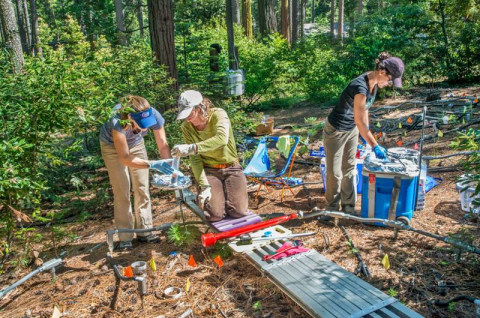
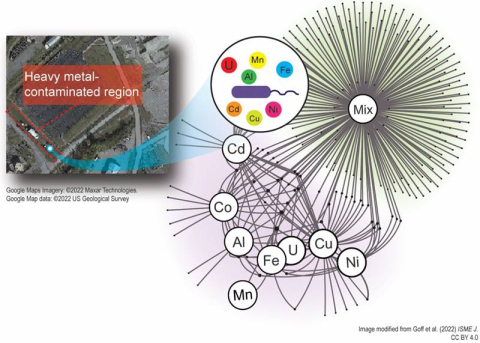
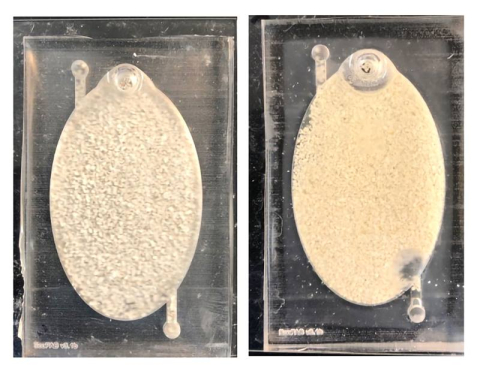
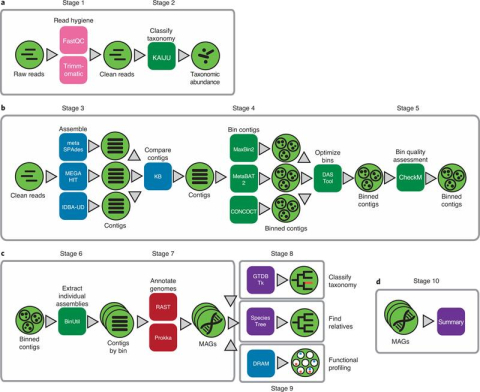
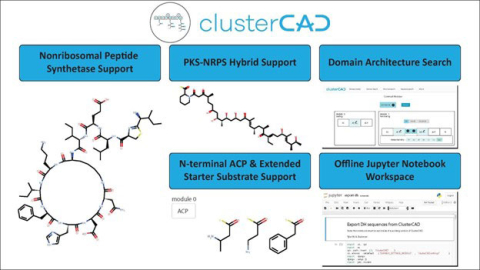
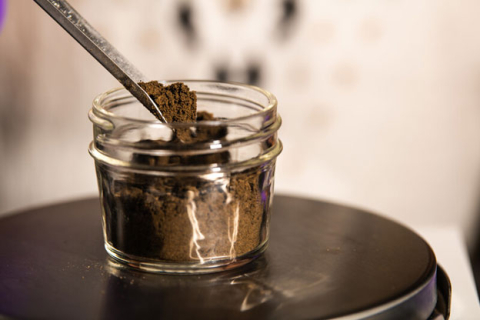
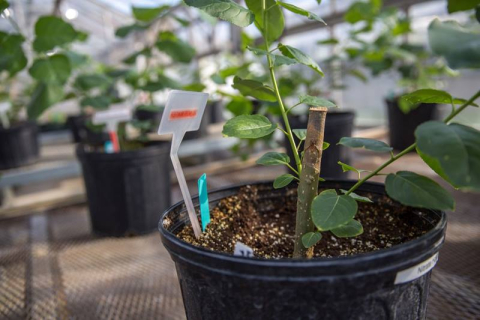
![Composite of geopotential heights [m] (contours) and anomalies (colors) at 700 Hectopascal (hPa) of air pressure for each SOM node. These nodes help unpack how high- and low-pressure systems and other climate factors contribute to Texas rainstorms.](/sites/default/files/styles/embed_image_large_480px_width_/public/2023-01/010323-ber-high-pressure-systems.jpg?itok=3HiC384i)
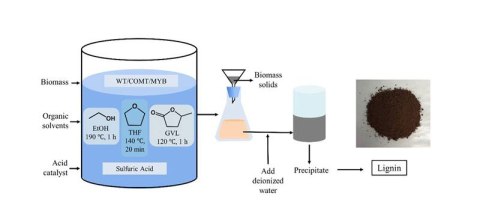
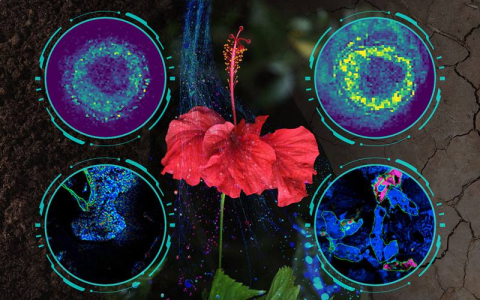

Experiment shows that even large, old, and presumably stable stores of soil carbon are vulnerable to warming and could amplify climate change.

The mixed metal waste common to industrial dumping sites causes metabolic stress in bacterial iron metabolism that cannot be explained by additive single metal exposure.

Researchers use CRISPR to engineer a bacteriophage to deliver DNA into targeted members of microbial communities for precise genome editing.

New article describes how to extract and analyze genomes from microbiomes using the Department of Energy Systems Biology Knowledgebase

New improvements to an open-source platform streamline enzyme engineering.

Even microbes that can’t break down a plentiful food source can still be successful by interacting with fellow community members.

Scientists introduce a bacterial enzyme into bioenergy poplars to increase the amount of a valuable platform chemical.
![Composite of geopotential heights [m] (contours) and anomalies (colors) at 700 Hectopascal (hPa) of air pressure for each SOM node. These nodes help unpack how high- and low-pressure systems and other climate factors contribute to Texas rainstorms.](/sites/default/files/styles/embed_image_large_480px_width_/public/2023-01/010323-ber-high-pressure-systems.jpg?itok=3HiC384i)
AI reveals relationships between weather systems and cloud physics.

Three common solvents for pretreating switchgrass yield lignin extracts with the potential for making different valuable bioproducts.

Using a novel combination of advanced research techniques, scientists show how the roots of various tropical plants react to harsh conditions.

